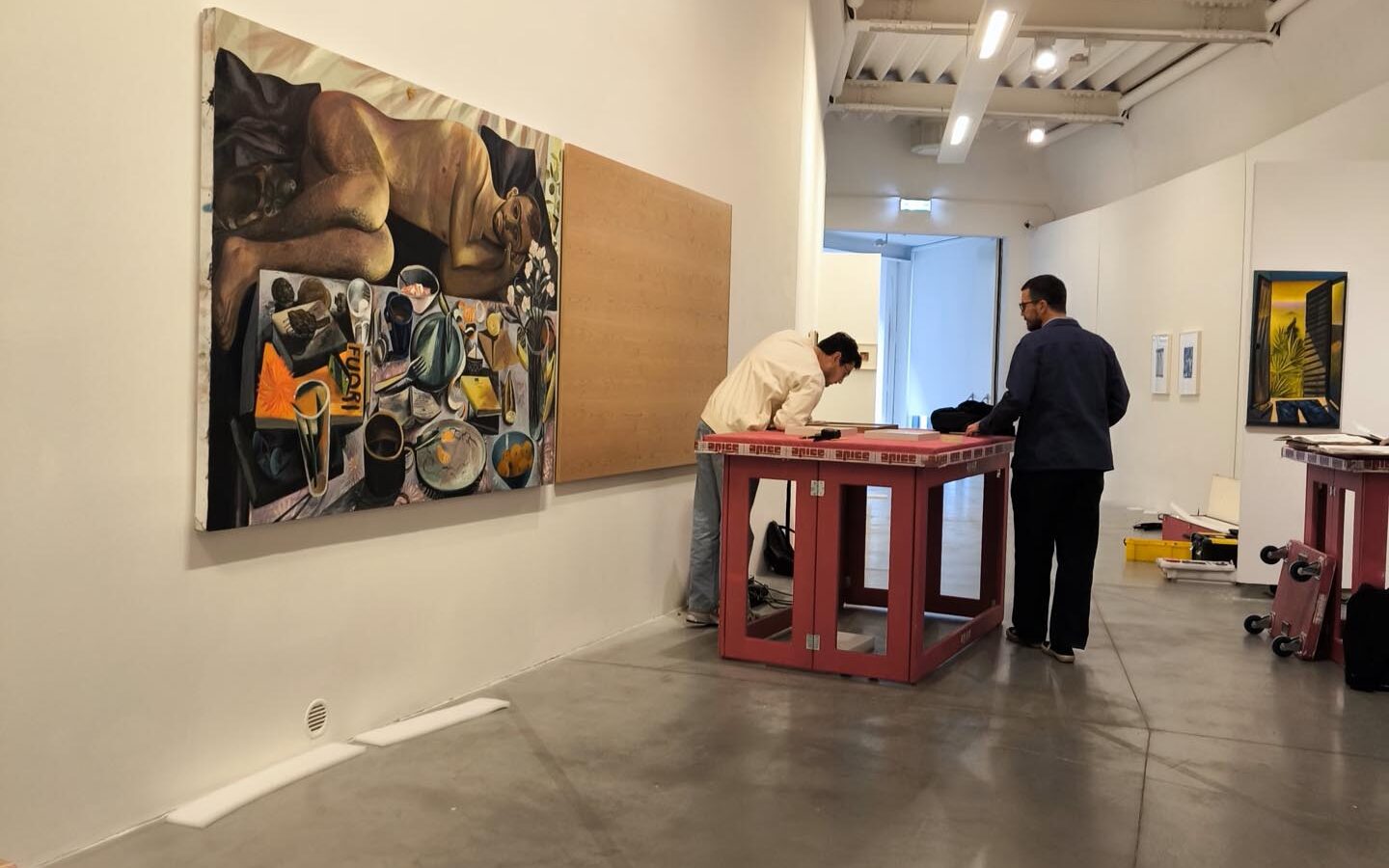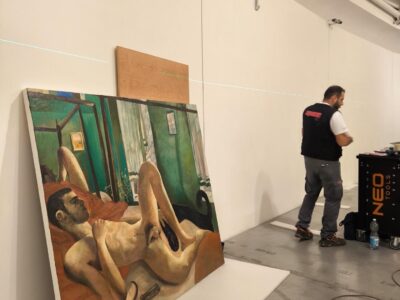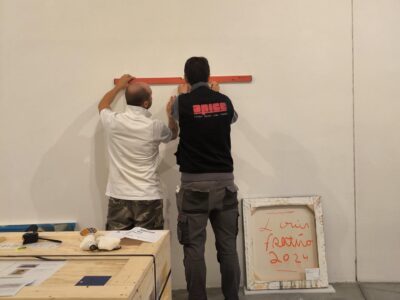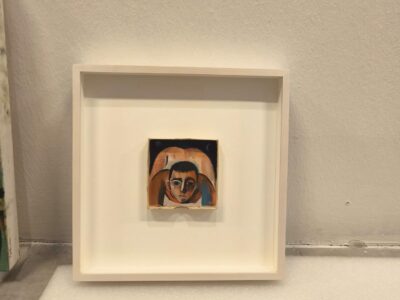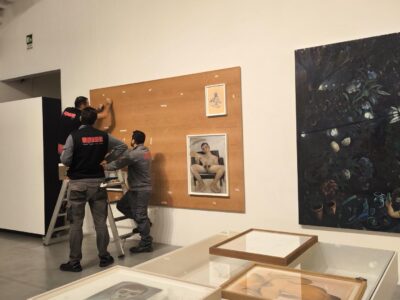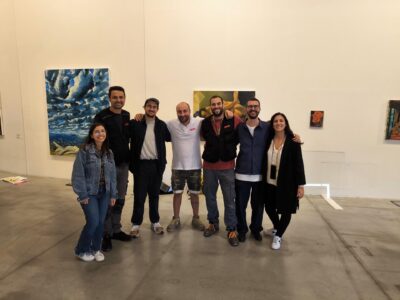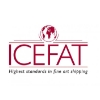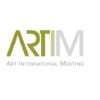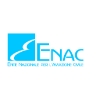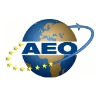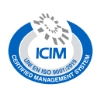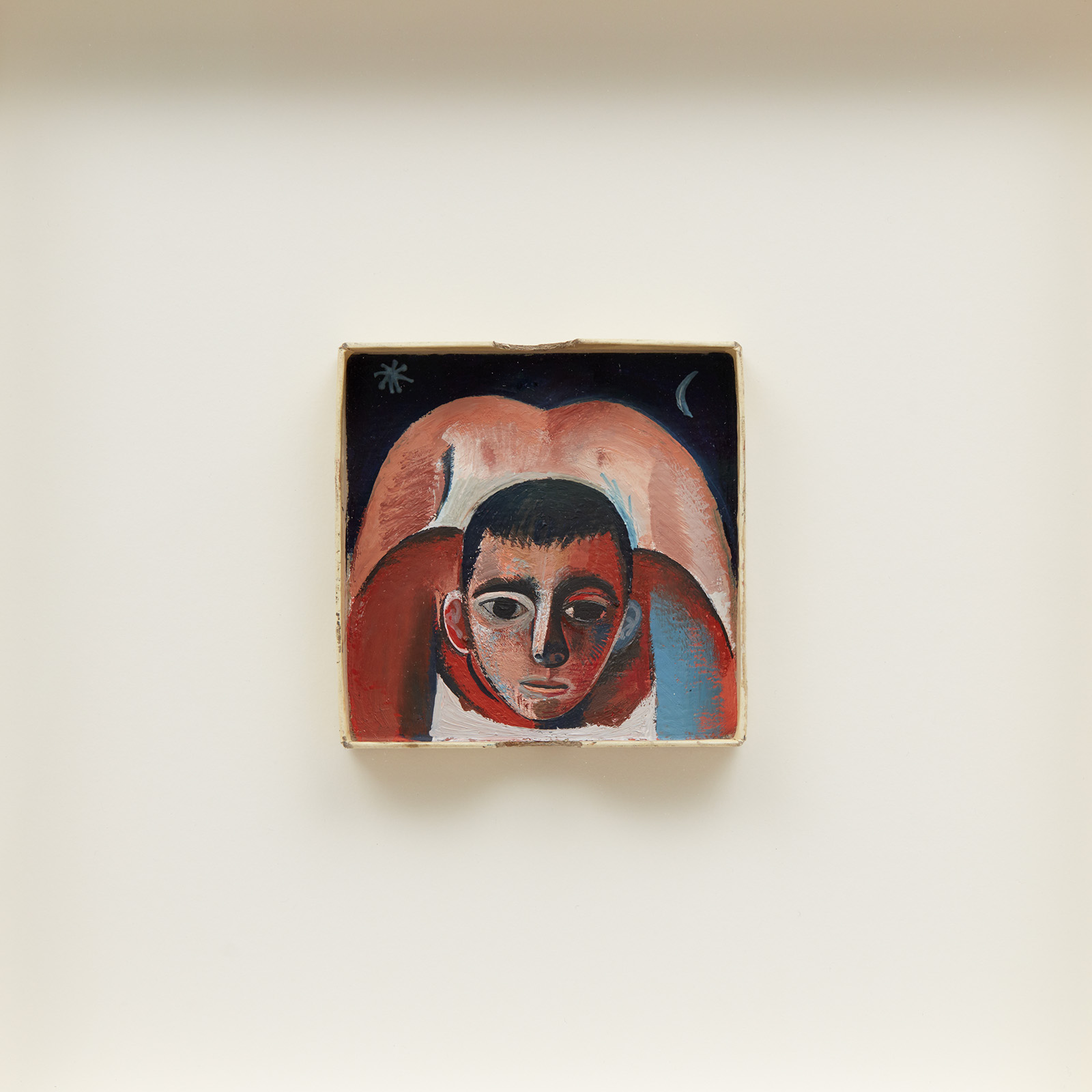
LOUIS FRATINO – Satura
Logistics and setup of the exhibition “LOUIS FRATINO. Satura,” open from 26 September 2024 to 2 February 2025 at the Luigi Pecci Centre for Contemporary Art.
The first solo exhibition by an institution dedicated to the work of the American artist Louis Fratino (1993, Annapolis, MD).
Curated by Stefano Collicelli Cagol, director of the Pecci Centre, the exhibition is part of the annual programme “La Toscana al Centro,” which focuses on artists who have engaged with the regional territory throughout their careers. It follows the critical acclaim received by Fratino’s work at the 2024 Art Biennale, “Stranieri Ovunque – Foreigners Everywhere,” directed by Adriano Pedrosa.
The exhibition brings together a series of sculptures, over 30 paintings, and more than 20 graphic works, including drawings and lithographs, offering an opportunity to delve into the artist’s research through works from the past decade as well as new creations.
The word ‘satura’ refers to the Latin term ‘Satura Lanx,’ a serving platter filled with various delicacies intended to be offered to the gods, from which the literary genre, characterised by a variety of styles, derives. In Italian, the word means ‘to be full’ both literally and metaphorically. Both the Italian and Latin meanings seem to evoke the richness of colours, the material opulence, and the diversity of media explored in Fratino’s art.
Satura focuses particularly on the relationship between Fratino’s research and Italy, partly inspired by his ancestors from Molise. The country has offered the artist a broad array of themes, imagery, and sensitivities, creating connections between relationships, affections, and landscapes, ultimately allowing him to reflect on his own art. The works on display draw inspiration from 20th-century Italian artists, such as Filippo De Pisis, Mario Mafai, Costantino Nivola, Felice Casorati, Carlo Carrà, Fausto Pirandello, and Guglielmo Janni; from the immersive experience of the Italian landscape and cities like Rome, Milan, and Genoa; from views of the Tyrrhenian coast, where the Mediterranean light and lush vegetation combine with a deep exploration of the country’s culture through the poetry of Sandro Penna, Patrizia Cavalli, Pier Paolo Pasolini, and writings on homosexuality by Mario Mieli.
A catalogue will be published by Mousse Publishing for the exhibition opening, offering further insights into the relationship between Italy and Fratino’s work, thanks to a rich iconographic apparatus and a series of critical texts commissioned for the occasion, spanning art and literary history and queer theories.
The exhibition Louis Fratino. Satura contains sexually explicit images and is recommended for an adult audience.
